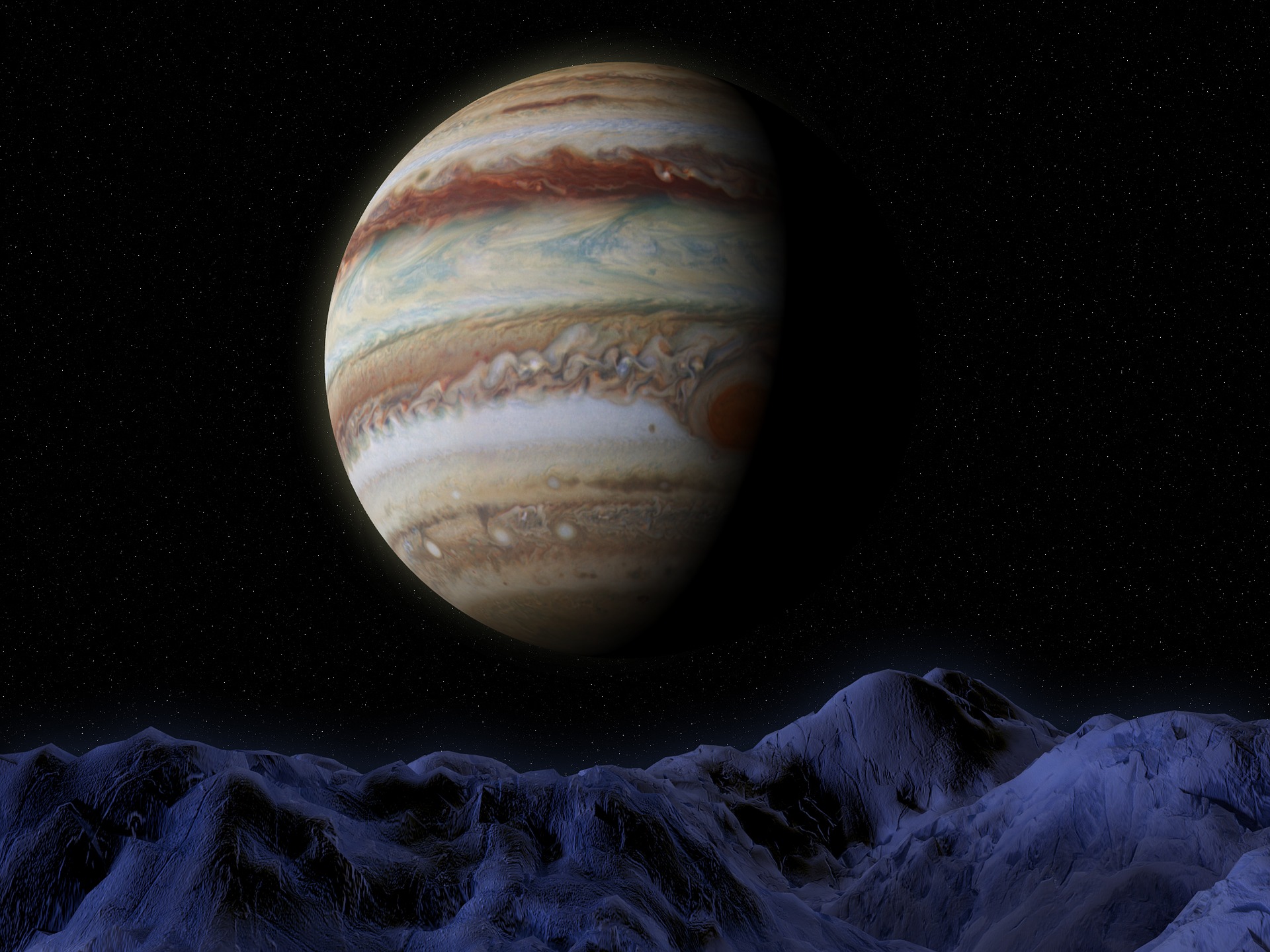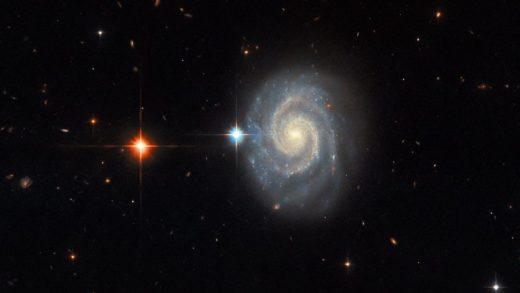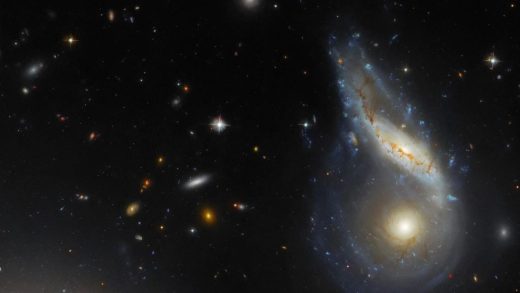Juno to make close approach to Jupiter’s Moon Ganymede: NASA

NASA’s Juno spacecraft is going to make a close approach on Monday to the Jupiter’s largest moon, Ganymede. According to NASA, the flyby will be the closest a spacecraft has come to the solar system’s largest natural satellite since NASA’s Galileo spacecraft made its penultimate close approach back on 20 May, 2000.
Scientists say they have expected striking imagery from the solar-powered spacecraft’s flyby. They also hope that it will yield insights into the moon’s composition, ionosphere, magnetosphere, and ice shell.
Similarly, Juno will measure the radiation environment near the moon.
The Jupiter’s moon is bigger than the planet Mercury and is the only moon in the solar system with its own magnetosphere. Magnetosphere is a bubble-shaped region of charged particles surrounding the celestial body.
Astronomers state that Juno has carried a suite of sensitive instruments capable of seeing Ganymede in ways never before possible.
Science instruments attached to Juno will begin collecting data about three hours before the spacecraft’s closest approach. The Ultraviolet Spectrograph (UVS), Jovian Infrared Auroral Mapper (JIRAM) instruments and Juno’s Microwave Radiometer’s (MWR) will peer into Ganymede’s water-ice crust, obtaining data on its composition and temperature.
As mentioned by experts, Ganymede’s ice shell has some light and dark regions, suggesting that some areas may be pure ice while other areas contain dirty ice. MWR will provide the first in-depth investigation of how the composition and structure of the ice varies with depth, leading to a better understanding of how the ice shell forms and the ongoing processes that resurface the ice over time.
Likewise, signals from Juno’s X-band and Ka-band radio wavelengths will be used to perform a radio occultation experiment to probe the moon’s tenuous ionosphere (the outer layer of an atmosphere where gases are excited by solar radiation to form ions, which have an electrical charge).
Scientists say If they can measure this change, they might be able to understand the connection between Ganymede’s ionosphere, its intrinsic magnetic field, and Jupiter’s magnetosphere.
Juno’s Stellar Reference Unit (SRU) navigation camera is normally tasked with helping keep the Jupiter orbiter on course, but during the flyby it will do double duty. The camera is well shielded against radiation that could otherwise adversely affect it Along with its navigation duties. So, the camera will gather information on the high-energy radiation environment in the region near Ganymede by collecting a special set of images.
On the other hand, the Advanced Stellar Compass camera, built at the Technical University of Denmark, will count very energetic electrons that penetrate its shielding with a measurement every quarter of a second.
For the Ganymede flyby, as NASA says, JunoCam will collect images at a resolution equivalent to the best from Voyager and Galileo. The Juno science team will scour the images, comparing them to those from previous missions, looking for changes in surface features that might have occurred over four-plus decades. Any changes to crater distribution on the surface could help astronomers better understand the current population of objects that impact moons in the outer solar system.
From JunoCam’s perspective, the icy moon will go from being a point of light to a viewable disk then back to a point of light in about 25 minutes. It happens due to the speed of the flyby and therefore, that is just enough time for five images.
JPL, a division of Caltech in Pasadena, California, manages the Juno mission for the principal investigator, Scott J. Bolton, of the Southwest Research Institute in San Antonio.
Source: NASA



I am continuously searching online for posts that can aid me. Thx!